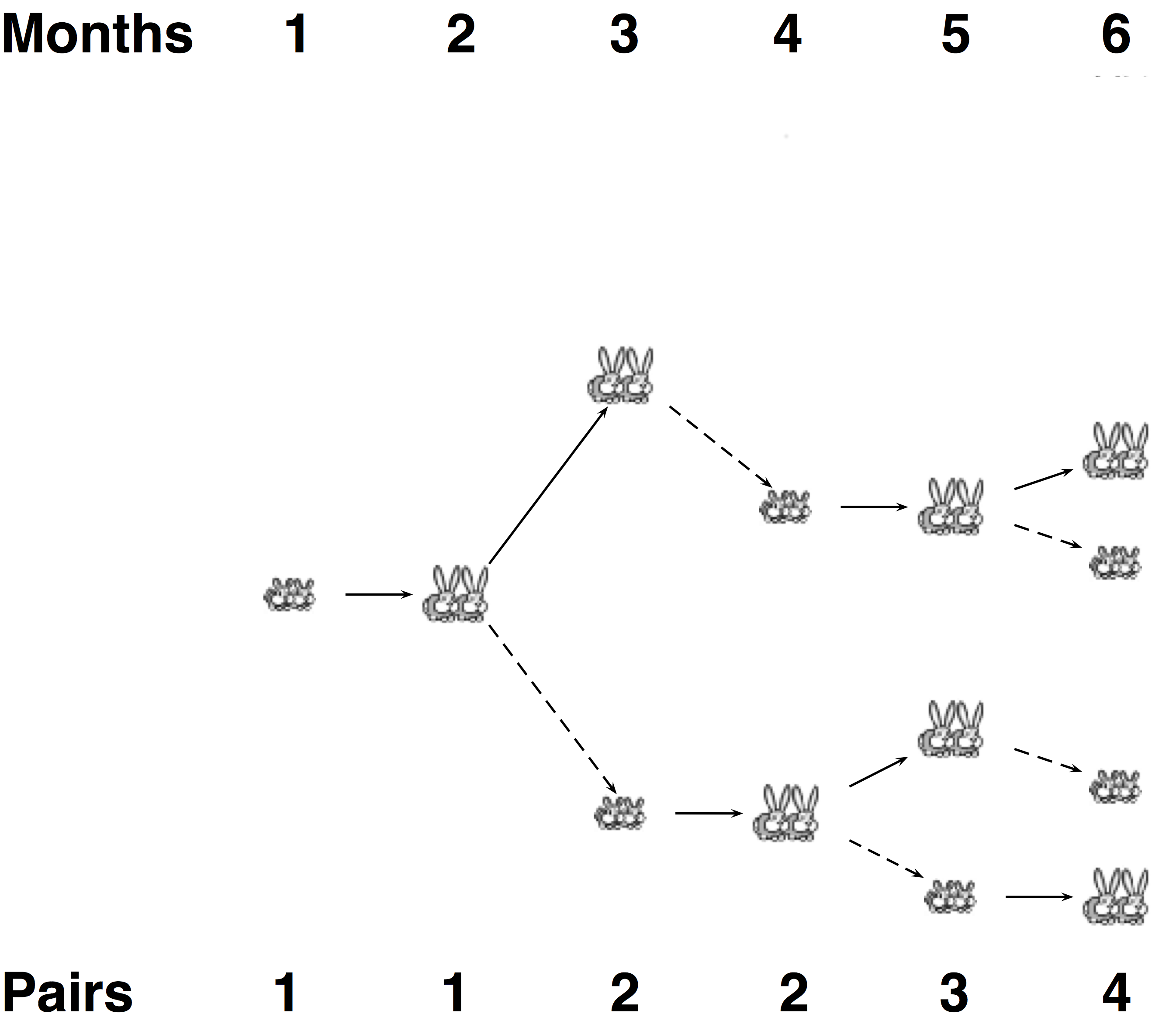Wabbit season
In "Rabbits and recurrence relations", we mentioned the disaster caused by introducing European rabbits into Australia. By the turn of the 20th century, the situation was so out of control that the creatures could not be killed fast enough to slow their spread.

The conclusion? Build a fence! The fence, intended to preserve the
sanctity of Western Australia, was completed in 1907 after undergoing
revisions to push it back as the bunnies pushed their frontier ever
westward (see left figure below). If it sounds like a crazy plan, the
Australians at the time seem to have concurred, as shown by the cartoon in
the right figure below.


By 1950, Australian rabbits numbered 600 million, causing the government to decide to release a virus (called myxoma) into the wild, which cut down the rabbits until they acquired resistance. In a final Hollywood twist, another experimental rabbit virus escaped in 1991, and some resistance has already been observed.
The bunnies will not be stopped, but they don't live forever, and so in this problem, our aim is to expand Fibonacci's rabbit population model to allow for mortal rabbits.
Assignment
Recall the definition of the Fibonacci numbers from "Rabbits and recurrence relations", which followed the recurrence relation $$F_n = F_{n-1} + F_{n-2}$$ and assumed that each pair of rabbits reaches maturity in one month and produces a single pair of offspring (one male, one female) each subsequent month.
Our aim is to somehow modify this recurrence relation to achieve a dynamic programming solution in the case that all rabbits die out after a fixed number of months. See the figure below for a depiction of a rabbit tree in which rabbits live for three months (meaning that they reproduce only twice before dying).

Write a function rabbits that takes two positive integers $$n$$ and $$m$$. The function must return the total number of rabbit pairs that will remain after $$n$$ months if all rabbits live for $$m$$ months.
Example
>>> rabbits(6, 3) 4 >>> rabbits(29, 2) 1 >>> rabbits(28, 5) 88412 >>> rabbits(29, 3) 2513 >>> rabbits(100, 20) 353368918335207375428